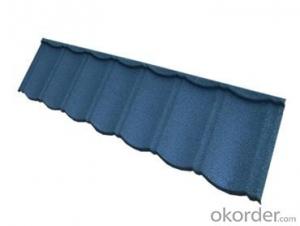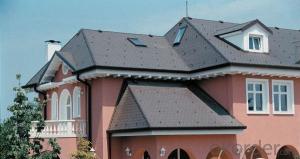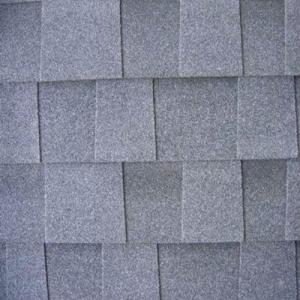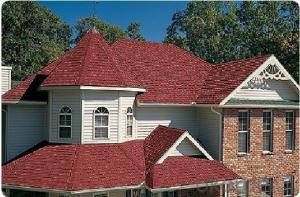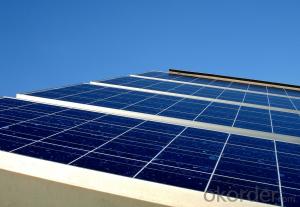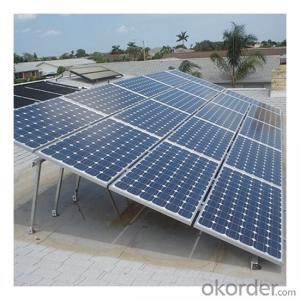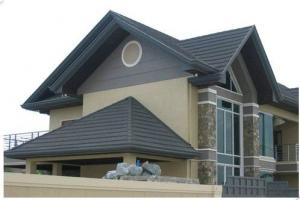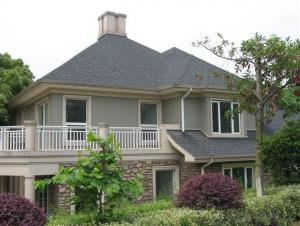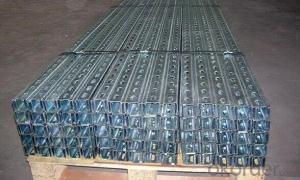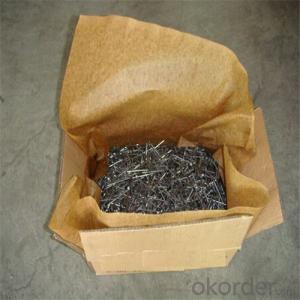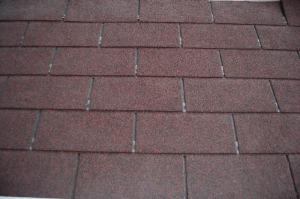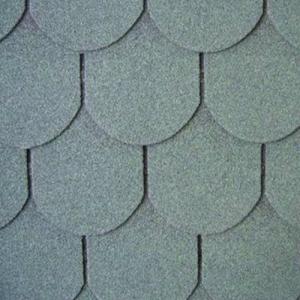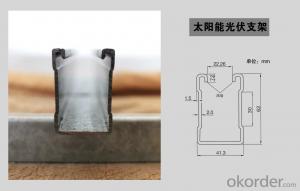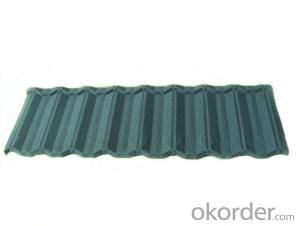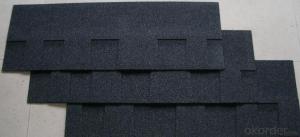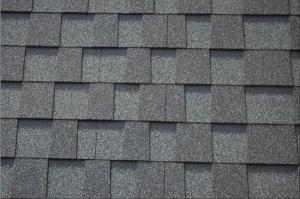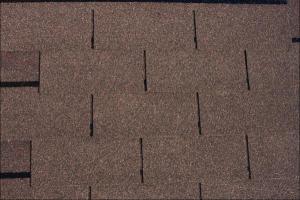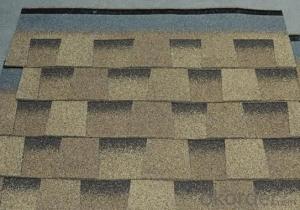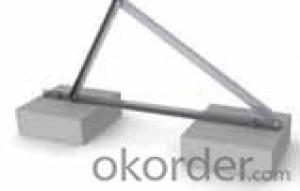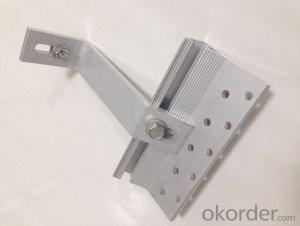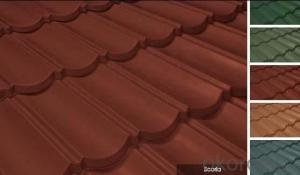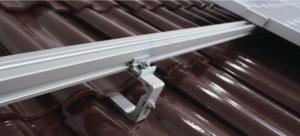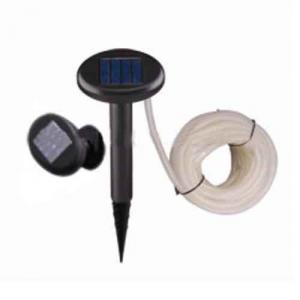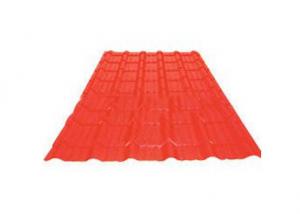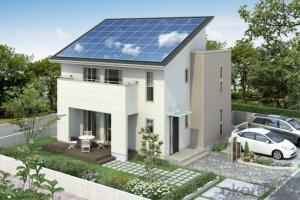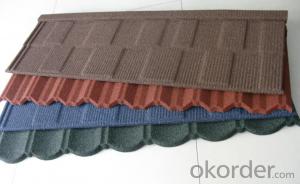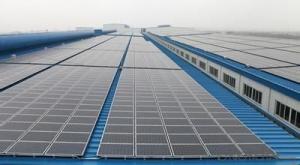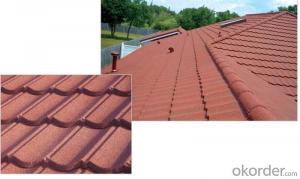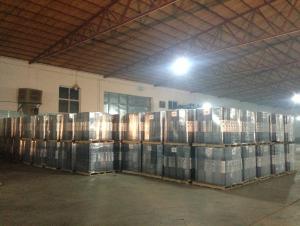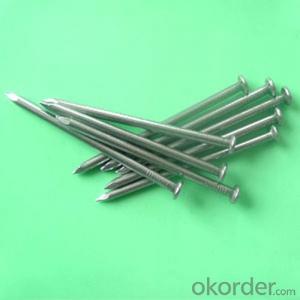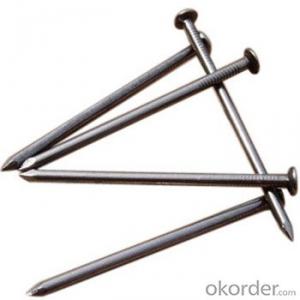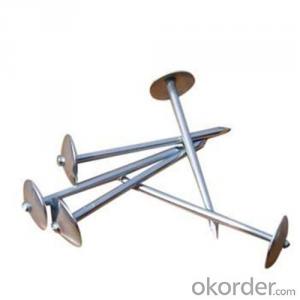Roof Shingles With Solar Cells
Roof Shingles With Solar Cells Related Searches
Roof Shingle Solar Cells Shingles On A Roof Steel Roof That Looks Like Shingles Fiberglass Roof Shingles Attaching Solar Panels To Roof Clay Roof Shingles Stone Roof Shingles Solar Panel On Roof Rack Permanent Roof Shingles Aluminium Shingles Roofing Metal Roofing That Looks Like Asphalt Shingles Roof Window Shades Roof Structure Roof Lagging Cleaning Asphalt Roof Shingles Metal Roof Flashing Build Solar Panel From Cells Best Quality Roofing Shingles Floating Solar Cells Folding Solar Cells Shingle Roof Installation Solar Panel Roof Mount Rooftop Solar Inverter House Roof Sheets Building Solar Cells Are Solar Cells Awning For Solar Inverter Creating Solar Cells Problems With Solar Cells Flat Roof Solar RackingRoof Shingles With Solar Cells Supplier & Manufacturer from China
Roof Shingles With Solar Cells are innovative products that integrate solar energy technology into traditional roofing materials. These shingles are designed to generate electricity while providing the same protection and aesthetic appeal as conventional roof shingles. By incorporating solar cells into the roofing structure, homeowners and businesses can harness the power of the sun to reduce their reliance on fossil fuels and lower their energy bills.The application and usage scenarios for Roof Shingles With Solar Cells are vast, making them a popular choice for both residential and commercial properties. They are ideal for new construction projects, where the solar shingles can be installed during the initial roofing process, as well as for retrofitting existing roofs. These solar shingles can be used in various climates and weather conditions, making them a versatile solution for sustainable energy generation. They are particularly beneficial in areas with high sunlight exposure, where the potential for energy production is maximized.
Okorder.com is a leading wholesale supplier of Roof Shingles With Solar Cells, offering a large inventory of high-quality products to meet the growing demand for sustainable energy solutions. Our extensive selection ensures that customers can find the perfect solar shingles to suit their specific needs and preferences. By partnering with Okorder.com, customers can benefit from competitive pricing, reliable shipping, and exceptional customer service, making the transition to solar energy more accessible and cost-effective.
Hot Products
